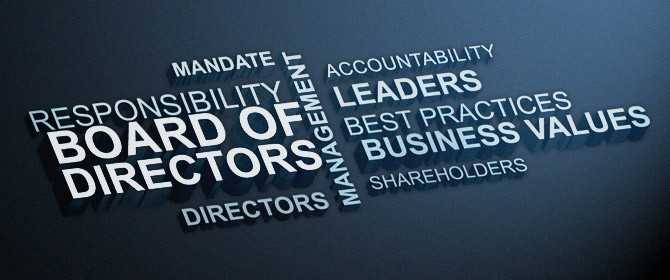Accounting
Women vs. Men in the Boardroom: Report Offers Unique Look at Corporate Directors by Gender
In the past two years, 24 percent of all new S&P 500 directors named have been women, compared to the current 18 percent women-to-men ratio, according to a new report from Big 4 accounting and business consultancy PwC.
May. 11, 2015

In the past two years, 24 percent of all new S&P 500 directors named have been women, compared to the current 18 percent women-to-men ratio, according to a new report from Big 4 accounting and business consultancy PwC.
As this percentage is expected to continue to grow in years to come, the firm says it will become increasingly important to ask the critical questions: Do women approach their oversight roles differently from their male counterparts? Do boards with women act differently than boards without women?
PwC’s Annual Corporate Director’s Survey analyzes key data and shares insights about differing perspectives of male vs. female corporate directors when it comes to critical issues in the boardroom.
Key Findings:
- Female directors are far more likely to consider board diversity important
- 61% of female directors describe gender diversity as “very important,” compared to only 32% of male directors
- 42% of female directors describe racial diversity as “very important,” compared to only 24% of their male counterparts
- Women see more obstacles to replacing an underperforming director and are more likely to believe their board evaluation process could be enhanced
- Female directors are 10 percentage points more likely than male directors to believe there are impediments to replacing an underperforming director
- Nearly a quarter of female directors characterize their board leadership as “not at all effective” in leading board evaluations, compared to only 12% of male directors
- Women directors say their boards have adopted more of the governance structures or practices viewed as “leading” by certain stakeholders
- 63% of female directors say their board has adopted mandatory retirement policies, compared to only half of male directors
- Similarly, 58% of females say their board has separated the roles of Chair and CEO, compared to only half of males
- Female director respondents indicate a higher percentage of their boards have adopted term limits and adopted majority voting in director elections
- Both men and women are concerned about director-shareholder communications, but male director concerns are deeper
- 64% of male directors believe “very much” that these communications create too great a risk of mixed messages, compared to only 51% of their female counterparts
- 23% of male directors believe it’s inappropriate to communicate directly with shareholders on any topic, compared to just 12% of female directors
- Women want to spend more time on IT despite higher levels of engagement and are more concerned about the digital skills of today’s boards
- In nearly every IT area—including strategy, risk, cybersecurity and big data—female directors consider their board to be “not sufficiently” engaged in oversight to a greater extent than males
- Despite this, female directors say their boards have higher levels of engagement in oversight of IT areas including customer data risk and new IT-enabled business models
- Women directors are also more skeptical of their boards’ understanding of IT issues
The full report is available in pdf format PwC.com.
